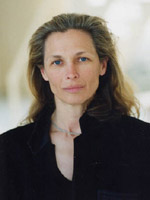 Grethe Barrett Holby Photo by Arthur Elgort |
In Music-Theater, the music is in the theater; in Opera, the music is the theater. It is not only that generally opera is through-composed and that most often all the lines are sung. It is that the composition and performance of the music not only embodies, but expands, lays open, determines, re-explores, and makes extraordinary discoveries about the emotional and theatrical life of the characters and the drama. Comic or tragic, or anywhere in-between, the music is the medium from which all else flows. And it brings us to places in the characters and the drama we would elsewise never go.
The artists that sing the music are generally skilled musicians with vocal instruments that are highly trained. However, as we are pushing the envelope of opera, let us never think that opera is defined by 19th century aesthetics neither compositionally nor vocally. I instinctually know what I consider opera, and make that call again and again for American Opera Projects and for my own personal projects. I hope that I am always brave enough to take risks that will sometimes miss the mark, and at other times break down barriers and blaze new trails. But whatever I do, I can’t change the fact that it all comes down to the extraordinary power of music and beauty of the human voice to open and release my soul. That, for me, is Opera.


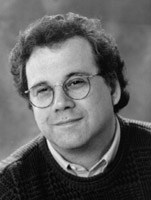
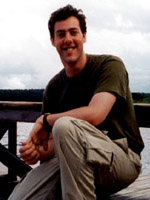
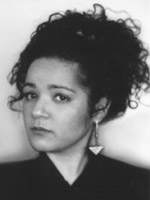
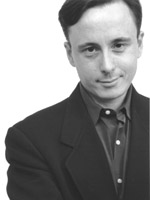
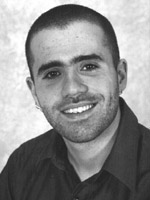
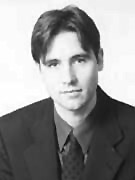
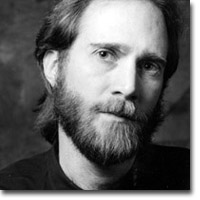 I’m writing this from Washington, DC, where I’ve just seen and heard a new production of Coyote Builds North America, one of my two music theater works with writer Barry Lopez.
I’m writing this from Washington, DC, where I’ve just seen and heard a new production of Coyote Builds North America, one of my two music theater works with writer Barry Lopez.